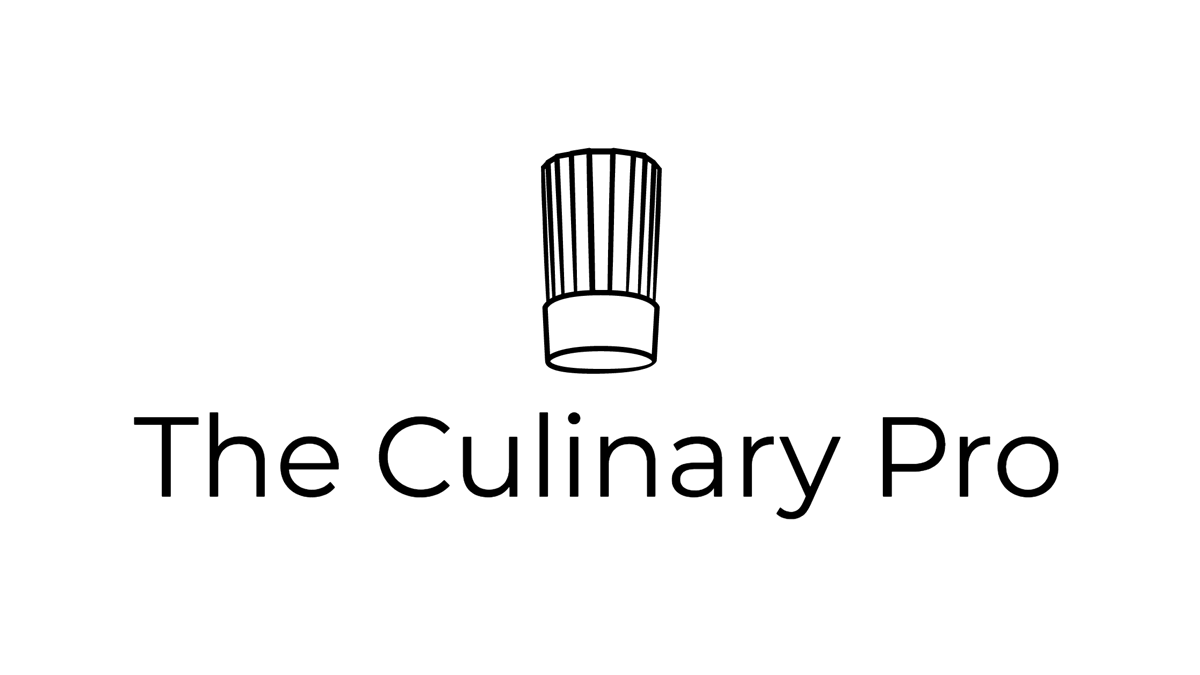Brines
When a dry cure is dissolved in water it is called a brine. Meats, poultry, fish and cheeses are brined for flavor, texture and color enhancement. Brining results in a quicker penetration of salt and seasoning than a dry cure plus adds moisture to the product by the process of diffusion resulting in a plumper product. Because of the salt level, a brine it also acts as a preservative. Along with salt, sugar and spices typically found in most recipes, other ingredients including aromatic vegetables, stocks, wine, or even apple or citric juice can be incorporated to create unique flavor profiles.
The Science of Brining
Proteins denature or unwind when cooked losing up to 30% moisture during the process. Brining reduces the moisture loss in this process by as much as half. Submerging meats or poultry in brines causes some of the proteins to denature; somewhat similar to what occurs in the heating process. Denaturing unwinds the muscle fibers, causing them to swell and break. The cycle of swelling and breaking of fibers traps and binds moisture to the proteins resulting in a moist and plump finished product.
Sanitation
Brining requires the same sanitation practices as dry curing. Keep products cold (36-40° F/2-5° C), sanitize work areas meticulously, guard against cross-contamination, and use accurate recipe ratios. To reduce the risk of food borne illness always never reuse a brine after it is used.
Ingredients
- Water, stock, wine, citrus or other juices
- Salt
- Sugar
- Herbs, spices, flavorings
- Aromatic Vegetables, onions, carrots, celery, garlic, ginger
- Curing salts
Salt is the key ingredient in a brine with the other components providing flavor and seasoning accents. Although water is the most common liquid, stock, wine, or fruit juices can also be used. Sugar is used to balance the salt and spices, and also acts as a preservative. Examples of sweeteners include sugar, dextrose, honey, and maple or corn syrup. Spices and herbs include onion and garlic powder, peppercorns, thyme, sage, or rosemary add surface flavors. Aromatic vegetables of onions, celery, carrots, and garlic can be used for flavorings too. Curing salts enhance color, add piquancy, texture and reduce the risk of botulism. The incorporation of various flavor profiles like an Indian garam masala, Mexican achiote, or the Southeast Asian combination of lemongrass, ginger and chili peppers, provide interesting variations.
Temperature
Brining is done under refrigeration at 36-40° F/2-5° C. Brines should be fully cooled before use.
How Much Salt to Use
Magnum Media Salinometer
Because brining can be used for flavor enhancement and to fully cure with the aid of nitrites, the salt ratio can vary from 5-20%. Generally a 5% salt solution is a good all-purpose recipe for most flavor enhancement but for fully curing hams, or corned beef a stronger solution is needed. Brines are also measured in degrees by the amount of salinity in the water with the use of a salinometer. The chart below illustrates the salinity strength in degrees and percentages. Curing salts should be measured at 1-5 oz./30-150 g per gallon/4 liters of liquid.
Brine Recipe
Brining Procedure
Placing a bowl on top of a ham to keep it submerged in the brine
- Prepare the product, truss or tie if desired
- Place product in a non-reactive container with a lid
- Add brine to the product to cover by 2 inches
- Place a weight on top of the product to keep it submerged in the brine
- Cover and hold in a cooler for desired length of time (see chart below)
- Drain and rinse if desired
- Place on a rack and allow to dry uncovered in the cooler to create a pellicle or tacky surface
- The product is ready for cooking or smoking
- Discard brine after use
Tips
Injecting a ham with brine
- Length of brining time depends on the strength of the cure, the size and weight of the product, and whether the product is brined for flavor or for a full curing process
- The amount of brine needed can be estimated at 50 % of the weight of the product, 4 lb./2 k meat per gallon/4 L of brine.
- Use a container appropriate to the size and shape of the product to use as little brine as possible
- For large cuts of meat like hams and briskets use a brining needle and pump to inject the brine into the dense parts of the muscles. This will shorten the curing time.
Brining Time
Brining times are dependent of the following:
- The strength of the brine – the stronger the brine the faster curing action
- The size of the cured meat – a whole turkey requires more brining time than a shrimp
- The method used – pumping and brining or just brining. Pumping meat shortens curing time.
Rinsing & Soaking
After brining rinse and dry the product. If the product has been fully brinded over extended time, it is a good idea to soak it in cold water for one hour to draw out some of the salt.
Drying
A pellicle is created by drying on uncovered in a cooler after brining. The pellicle is a tacky surface that helps smoke adhere to the product. If the product is not smoked, drying is still recommended for proper searing or roasting.
Smoking
Upon proper aging the item can then be cold or hot-smoked as desired.






